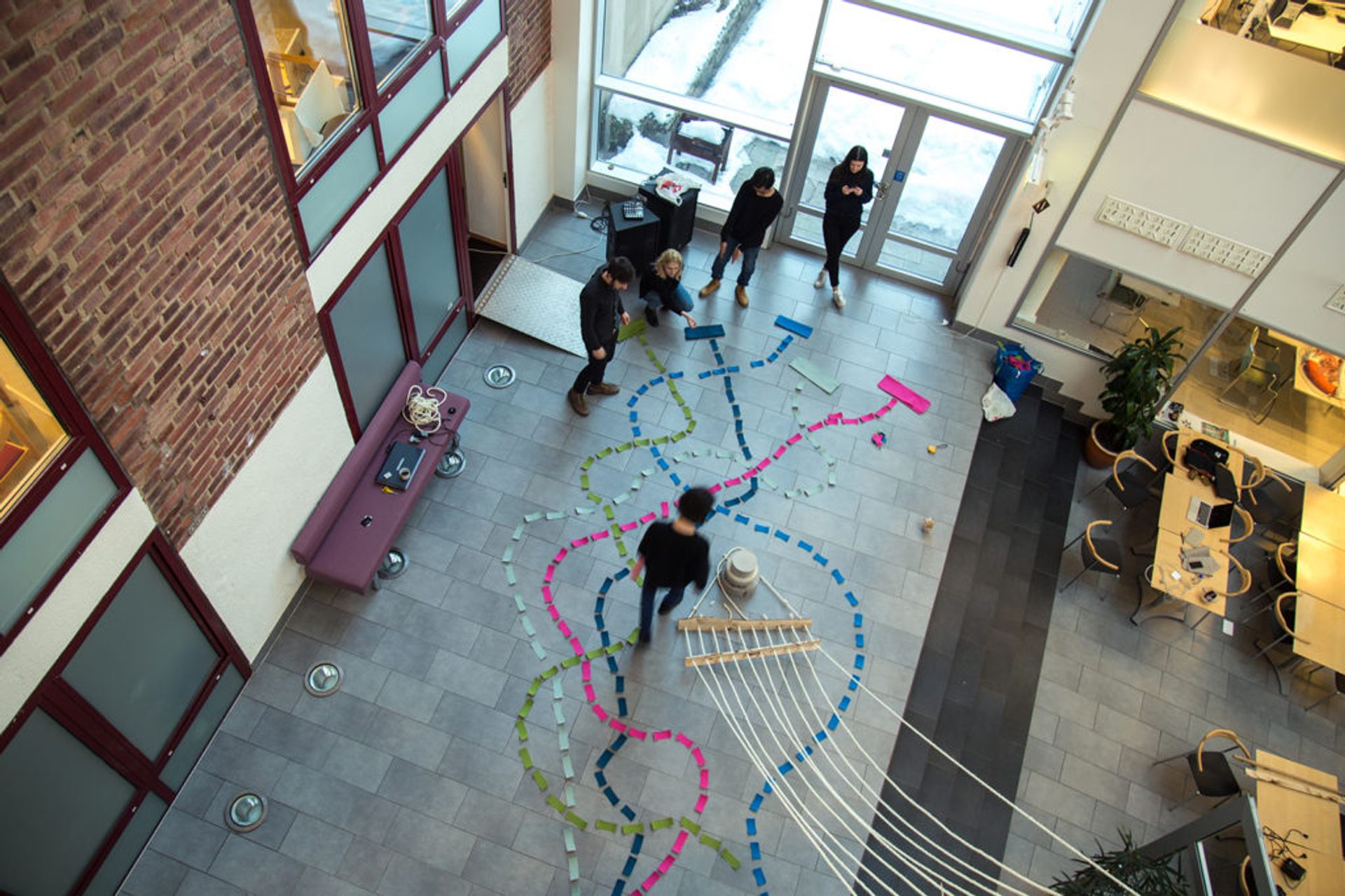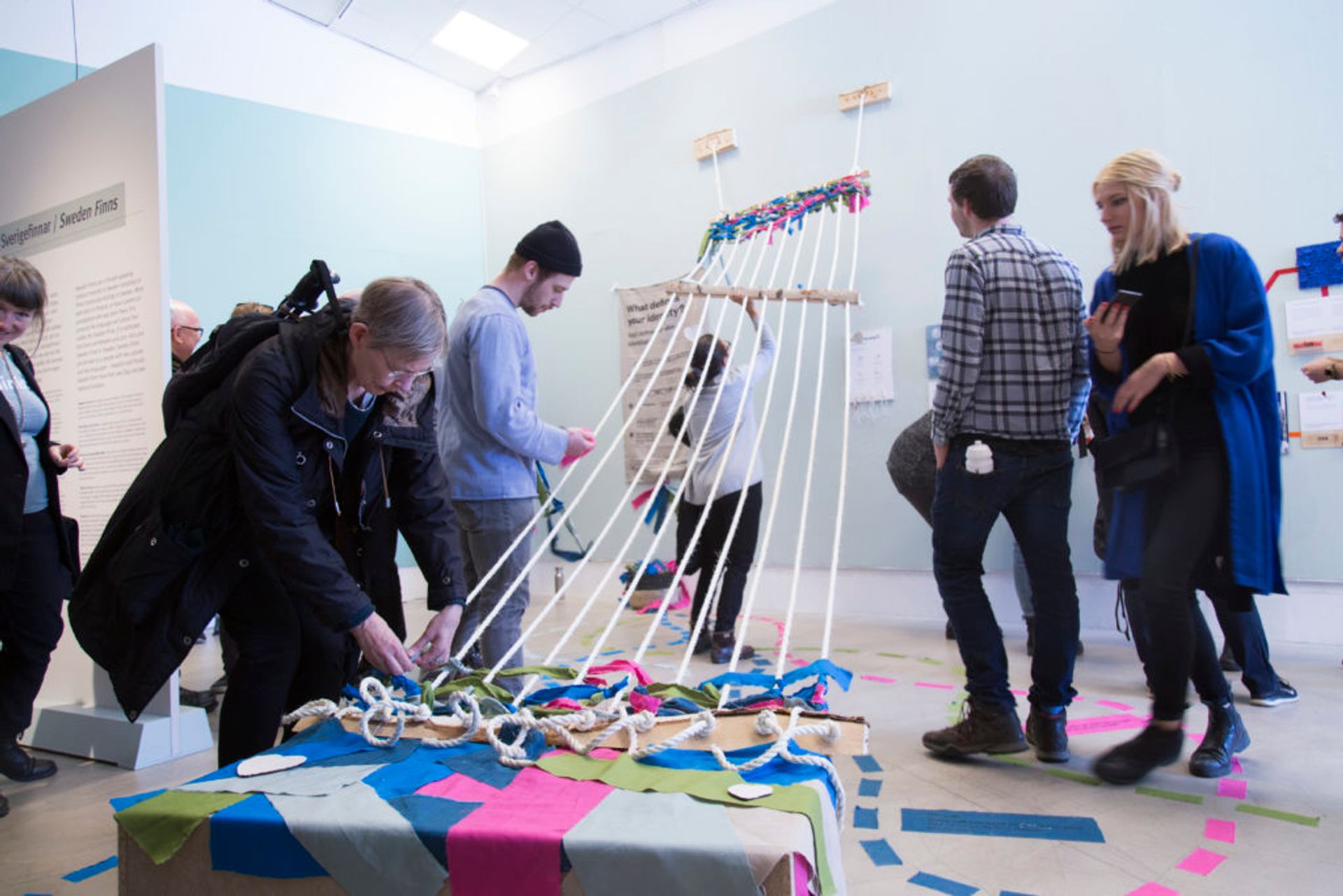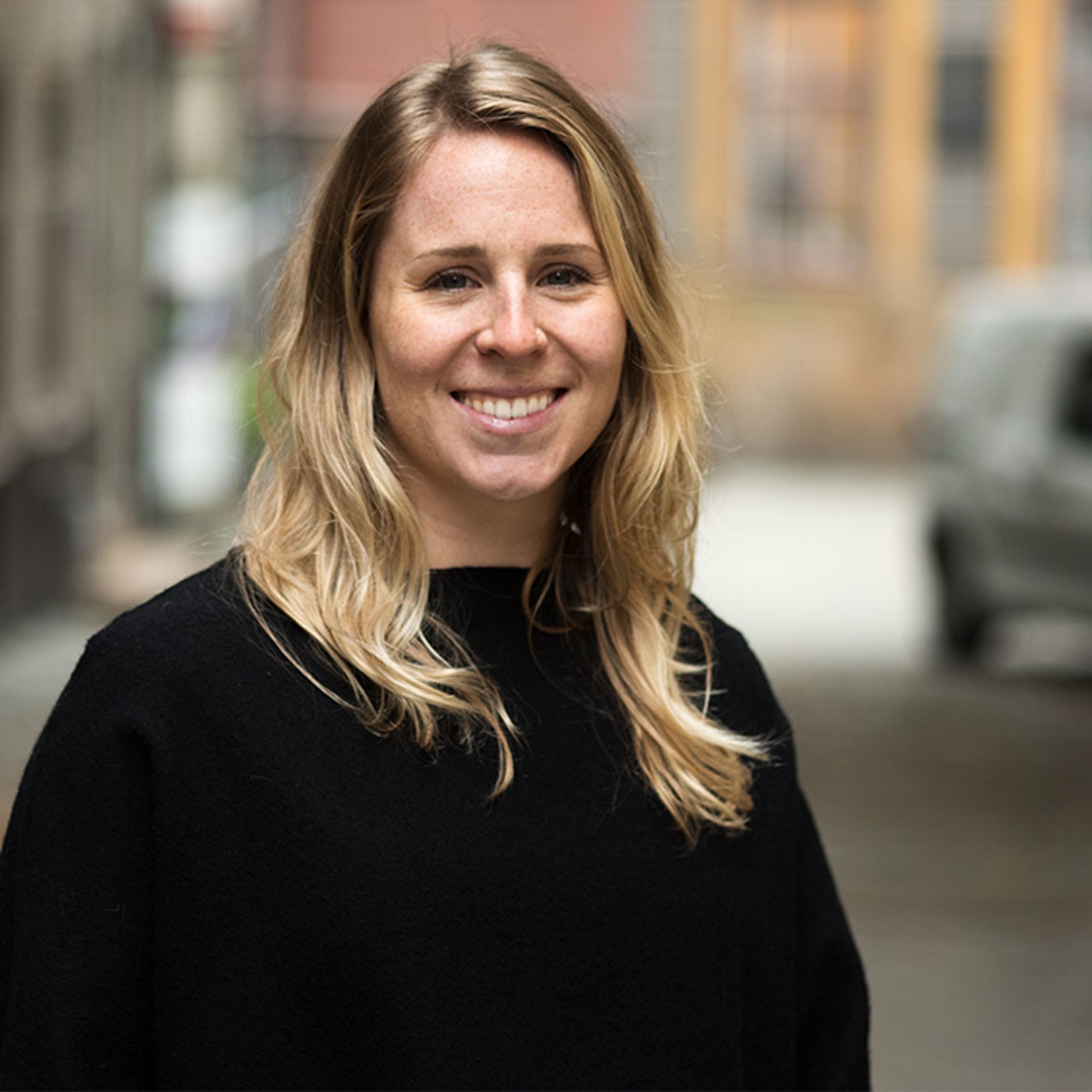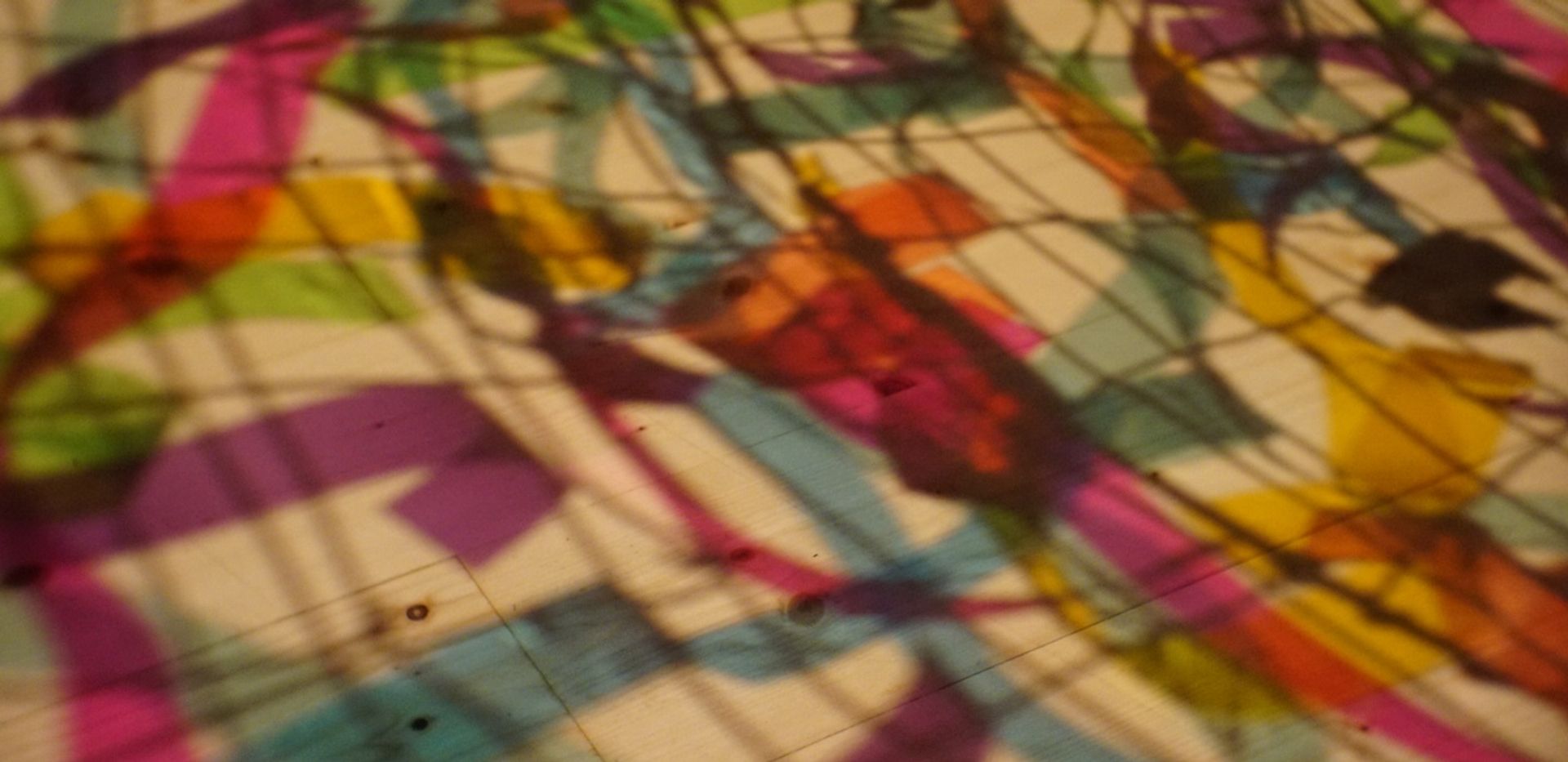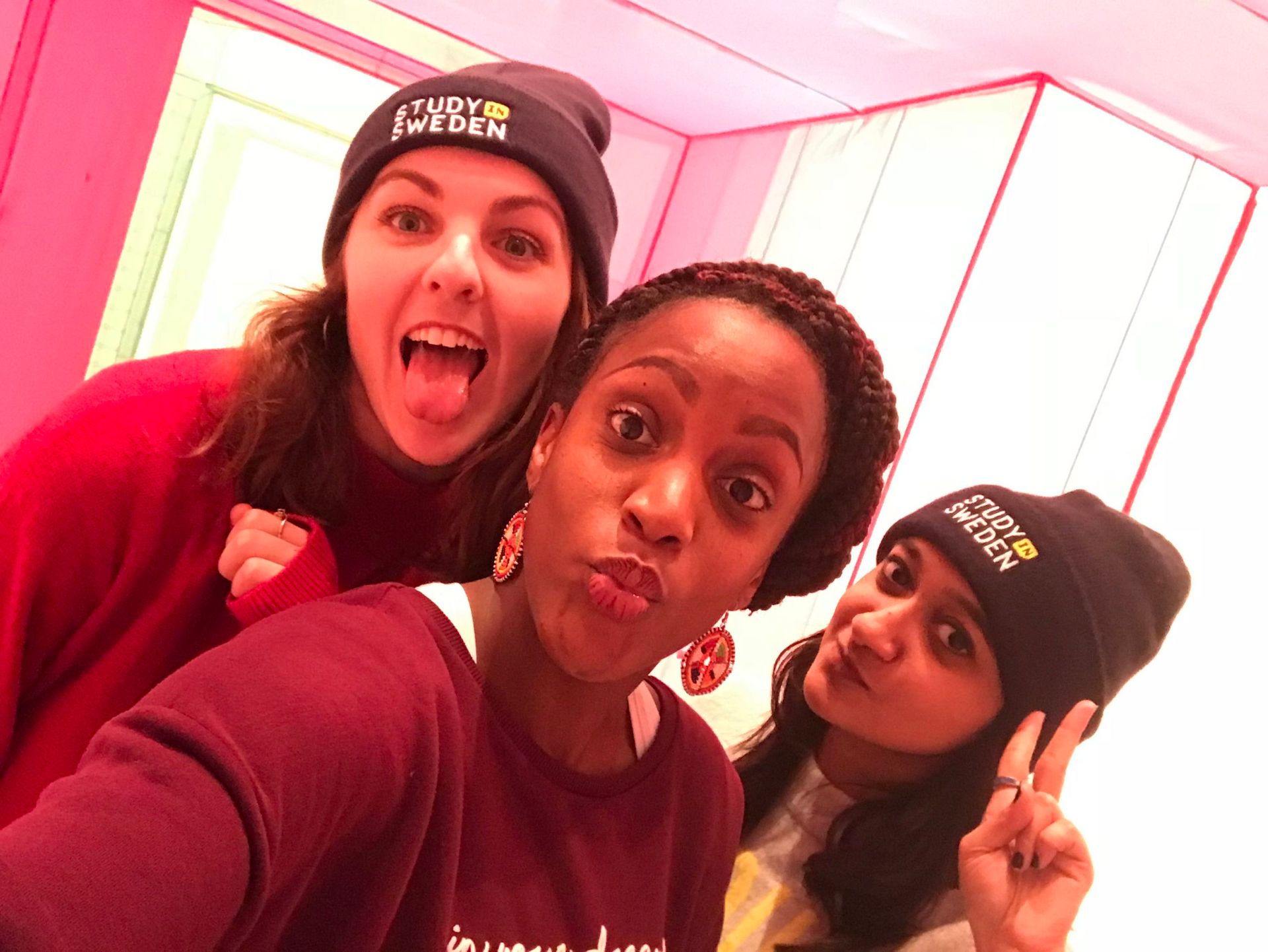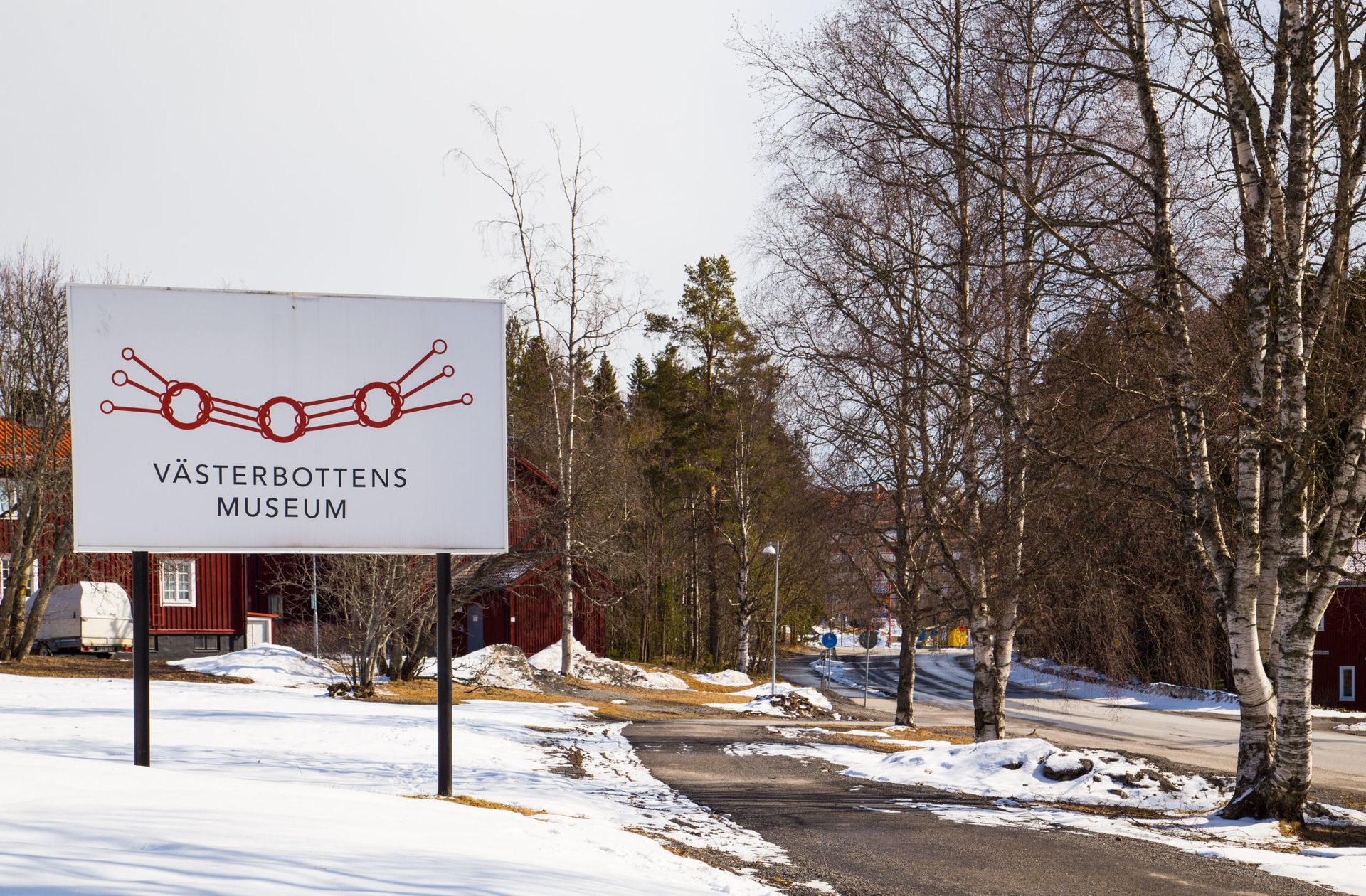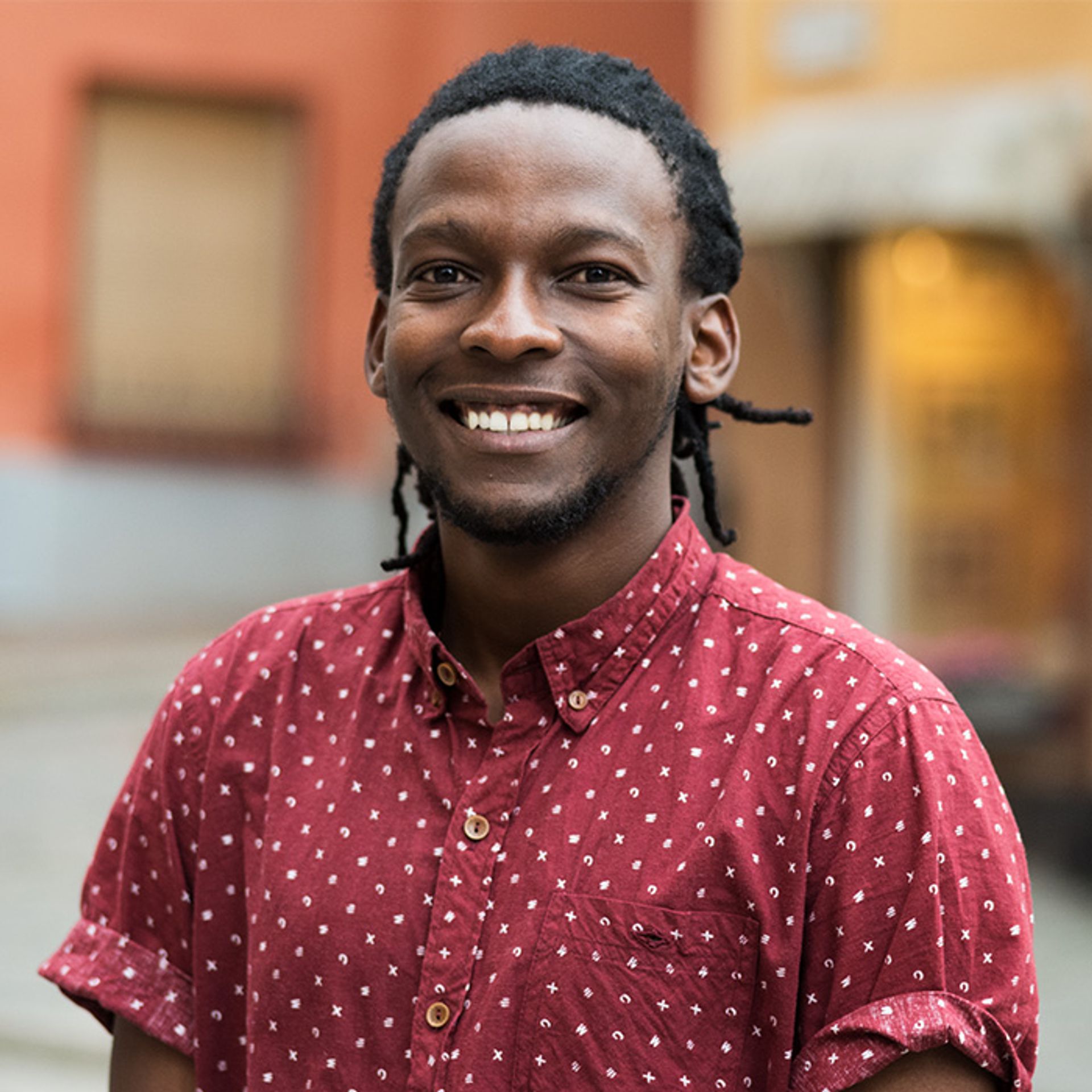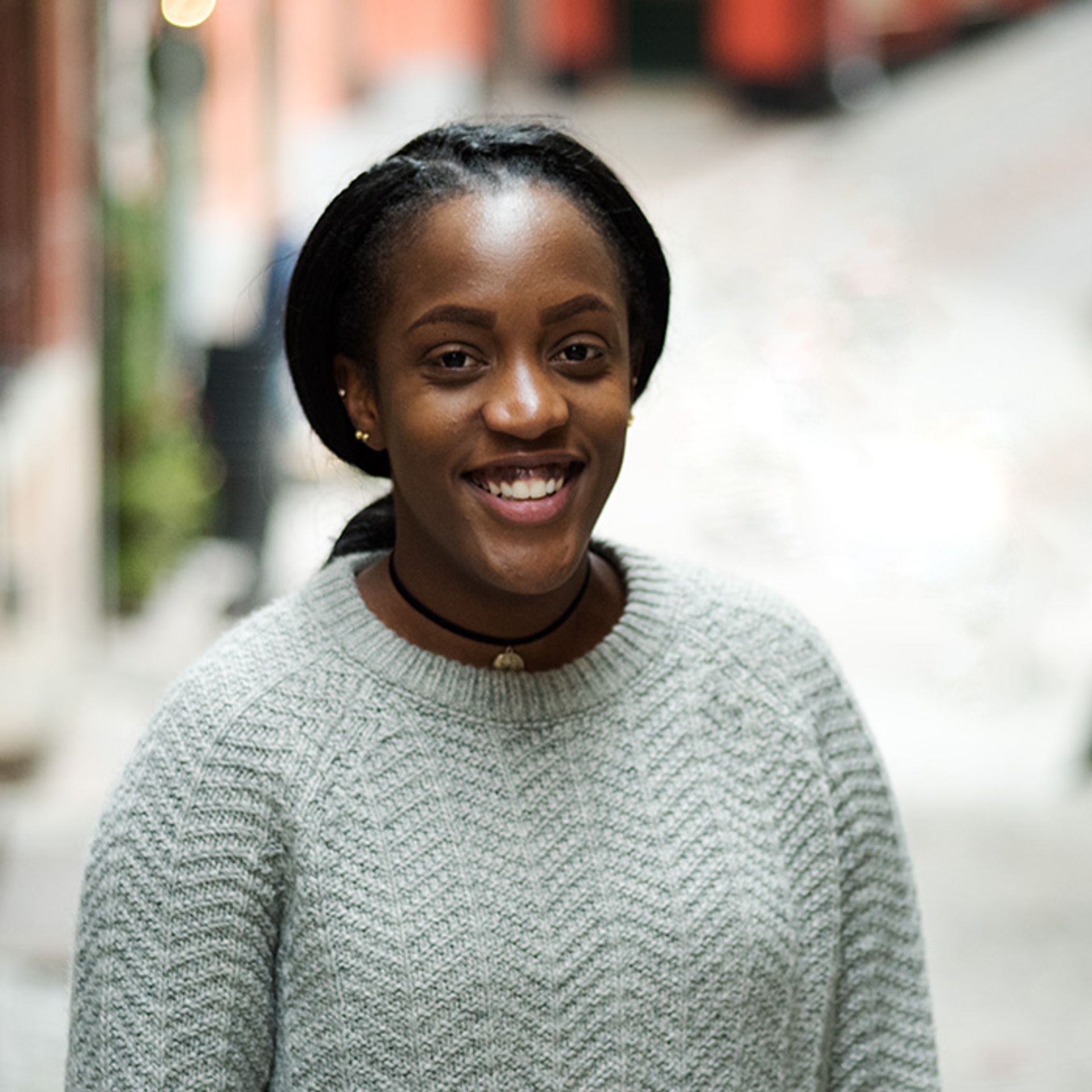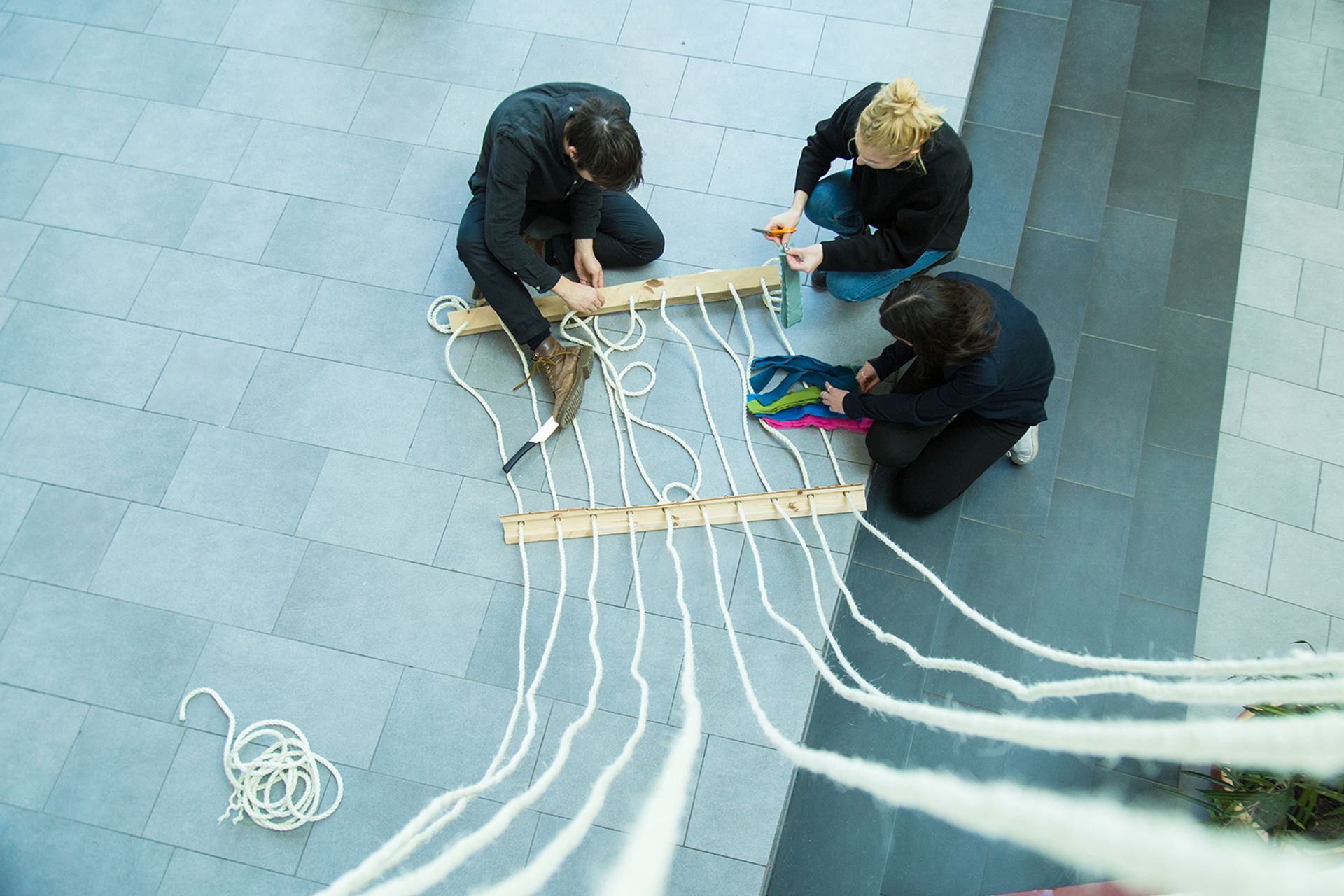
Written by Carolyn
27 Mar 2018
This past month, I have had the amazing opportunity to participate in a school project which culminated in a an exhibit in the Västerbotten Museum in Umeå, Sweden. This project, a new addition to the Interaction Design curriculum at the Umeå Institute of Design, was centered around deconstructing our own preconceived definitions of design, and to reflect on our position and responsibilities as designers in this globalized world. This self reflection was facilitated through collaboration with those who have different world views. We worked with the indigenous population in Sweden, the Sámi, and our own classmates, using the age-old method of story telling as a communication tool and foundation of our project.
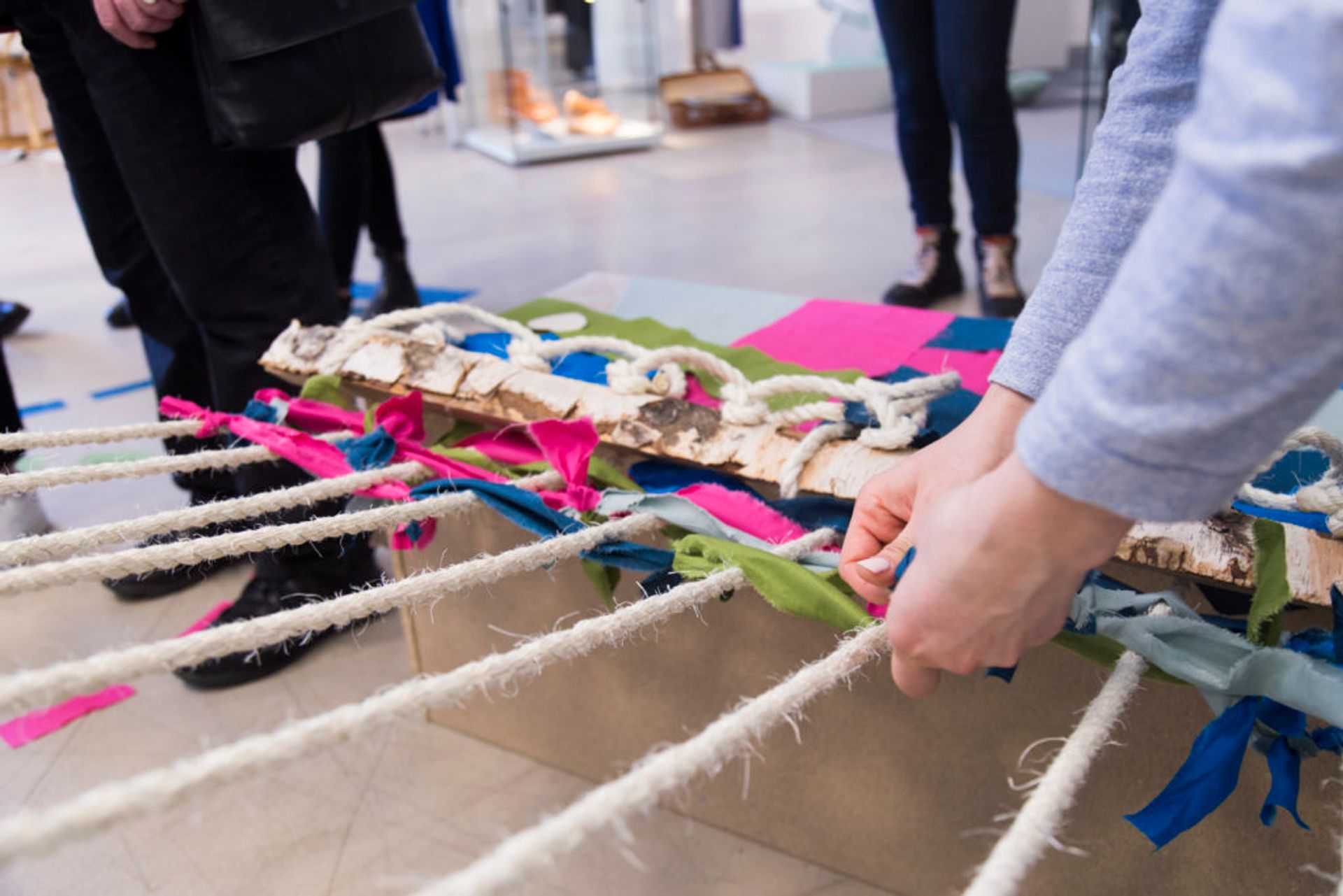
The goal of this course and collaboration between ourselves and the Sámi was to understand how to the practice of design. What do I mean by decolonization? In other words, as designers, how do we design without imposing our own, perhaps homogenized, world views on others? How do we avoid designing a future where we dictate the way in which others perceive and engage with the world around them, based on our own values? In order to have more inclusive and holistic framework with which to design, we must collaborate with diverse communities, and learn from their knowledge and values. This may be an extremely complex and daunting task that will most certainly be a life time of self evaluation and development, but this project was an incredible starting point!
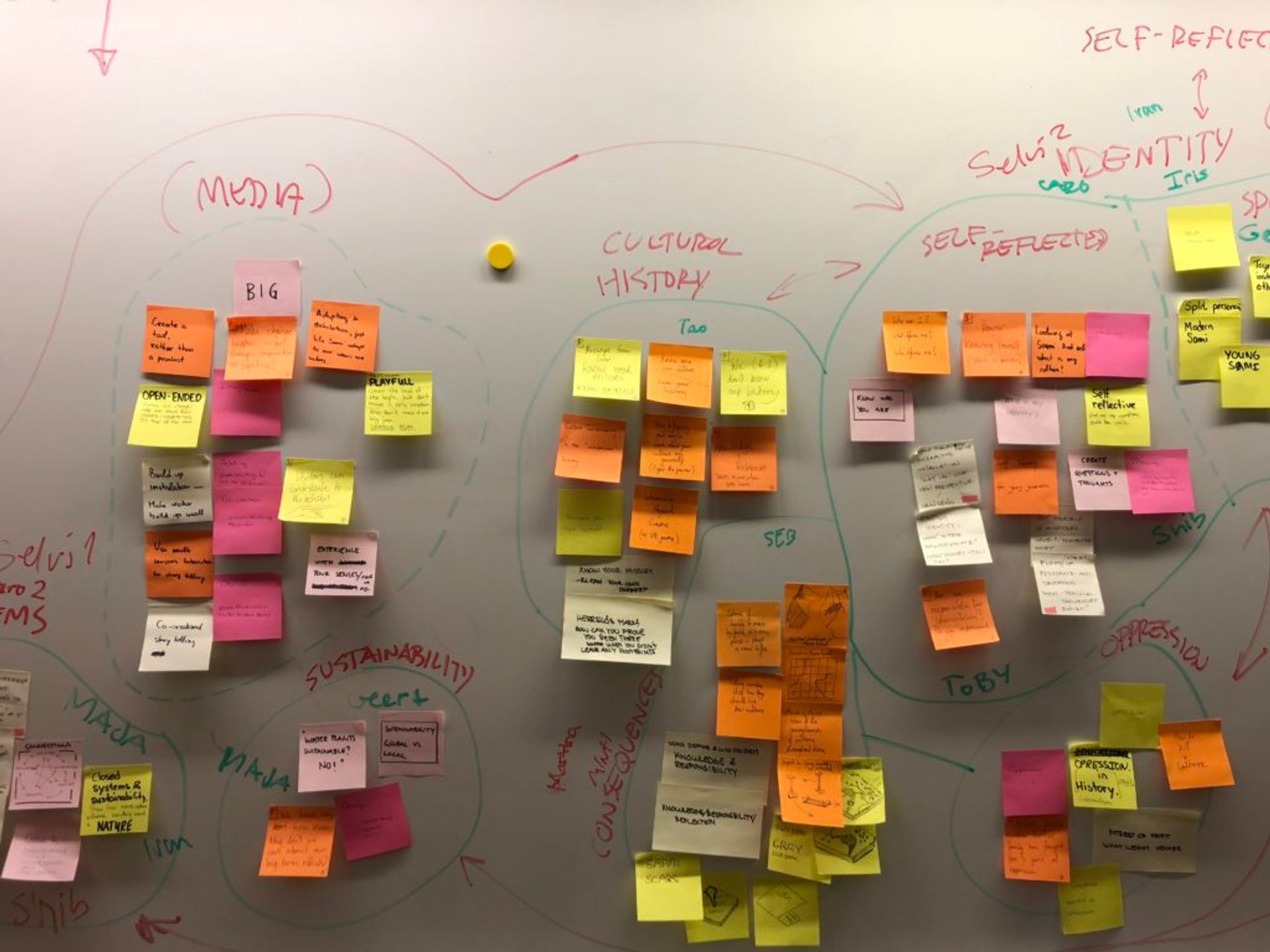
As I wrote about in my previous blog, we began our project with a four day trip to northern Sweden to live with a Sámi community in Övre Soppero. Here we learned about their daily lives, their world views and values and the challenges and adversity they faced living in a country that didn’t always respect their livelihood and culture. Their livelihood, handicraft, and culture all revolved around the sustainable use of the earth’s natural resources, and living with respect for the things that they consumed and used. It was eye opening to see how deeply intertwined their lives are with nature and the earth’s seasons. Today, they are having to adapt to a changing world where globalization, climate change and large scale resource extraction is impacting their culture on a foundational level. I came away from the trip full of new knowledge and gratitude for the experience, and thankful for their warmth and welcoming generosity.
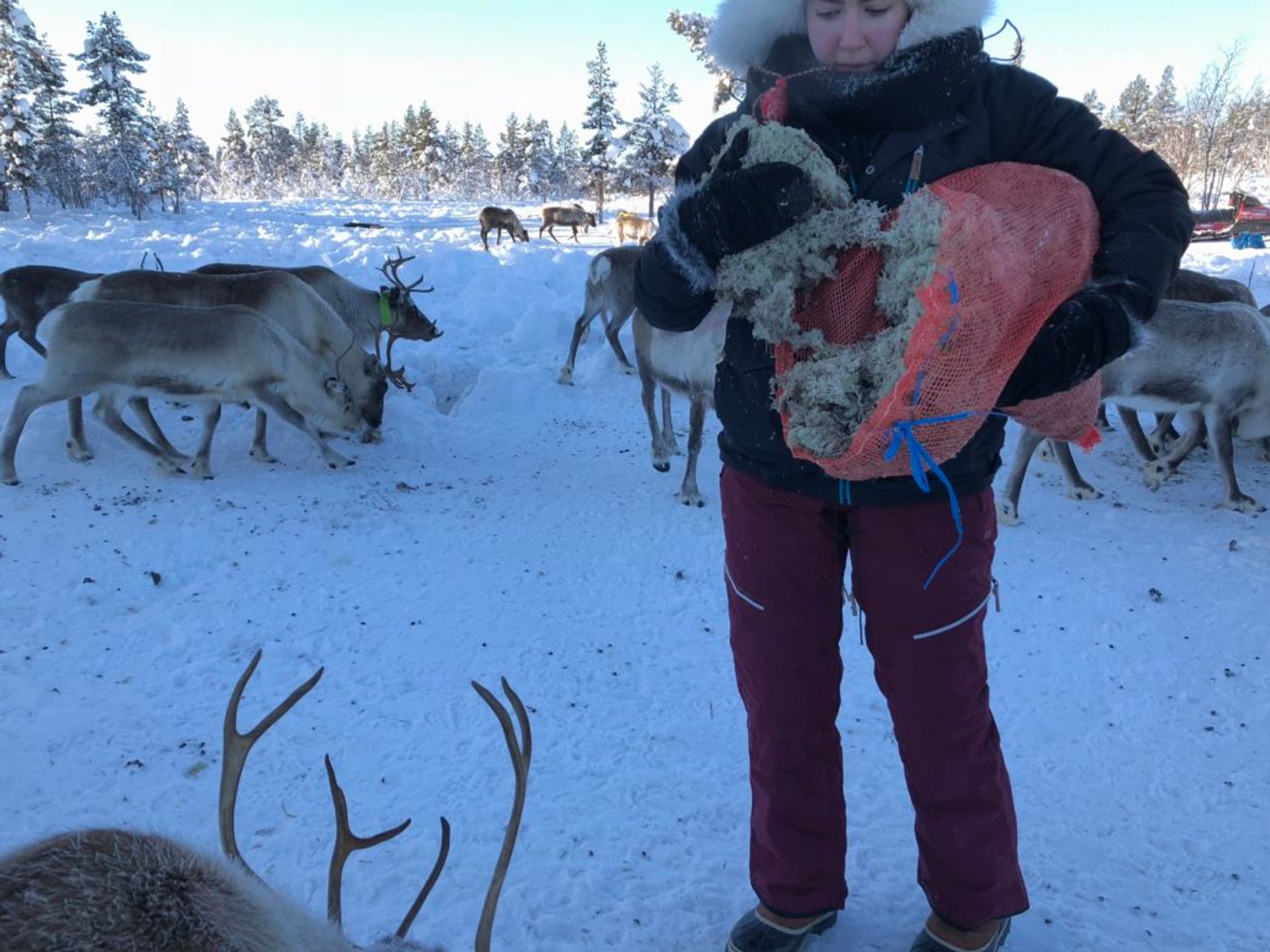
Back at the Institute of Design in Umeå, we spent time reflecting and compiling all our personal and collective stories gathered during our time in the community of Övre Soppero. To synthesize this new knowledge, we held a series of workshops where we evaluated how we told these stories, why we placed value in the stories that we chose to tell, and analyzed the perspective from which we personally narrated the experiences of other people. We posed the question, how does our own perspectives and interpretation effect the way that we communicate with others and see the world?
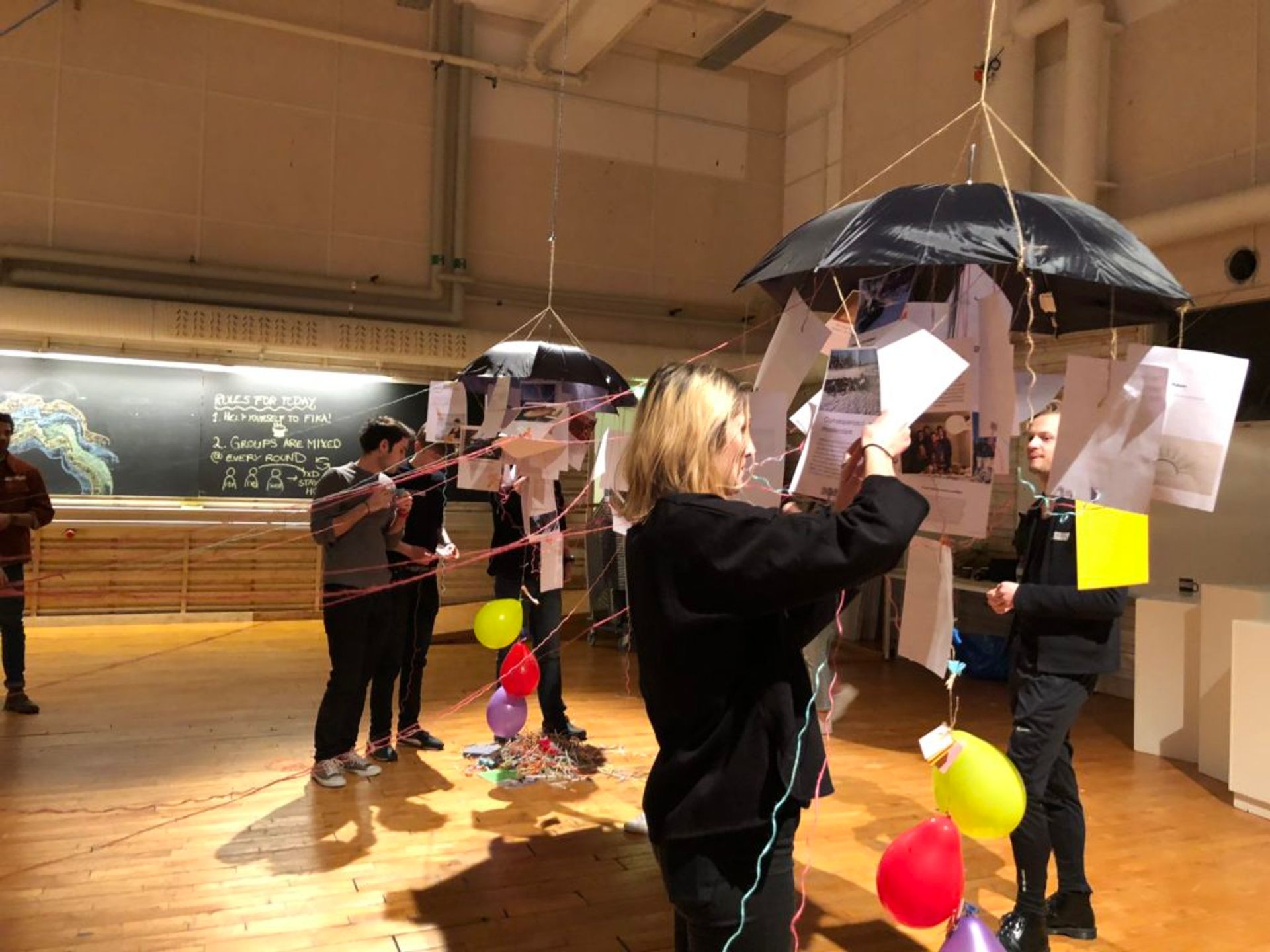
The next step in this project was taking our reflection and translating it into a design for a museum exhibit. We wanted to create an interactive exhibit that would let people reflect on their own perspectives and identity. My team decided to construct a large loom where you were asked to think about what values you have in your own life that construct your identity. Taking strips of cloth that each represent home, heritage, language, freedom, and nature, you are asked tie them in order from most important to least important. It is a difficult task, especially when so many of these overlap and build upon one another. Once woven into the loom, they create a large tapestry of everyone’s values and identity, showing the beautiful diversity of how people see the world.
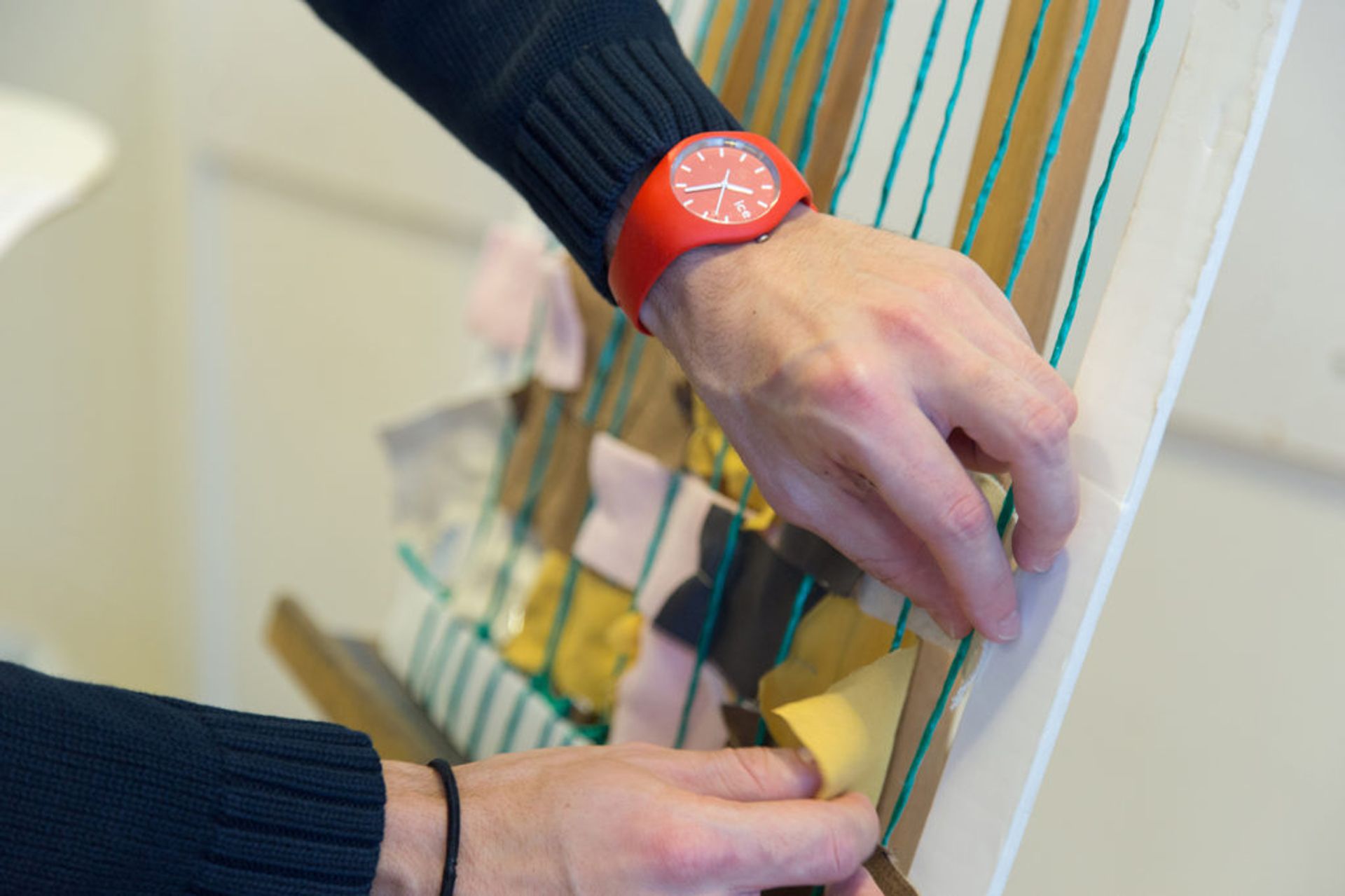
Another aspect of this project that was so wonderful was how different it was than anything else we had done in the interaction design program! Usually we are working with computers, creating graphics and animations, and coding designs. This was very different. After brainstorming, we jumped immediately to hands on, physical prototyping. We started small, but quickly moved to larger prototypes that showed us where our problems or areas of potential development were. It was so much fun to work through making, then refinement, rather than carefully planning and then executing the physical design at the very end. I certainly learned the importance of quick and dirty model building as early as possible in this project!
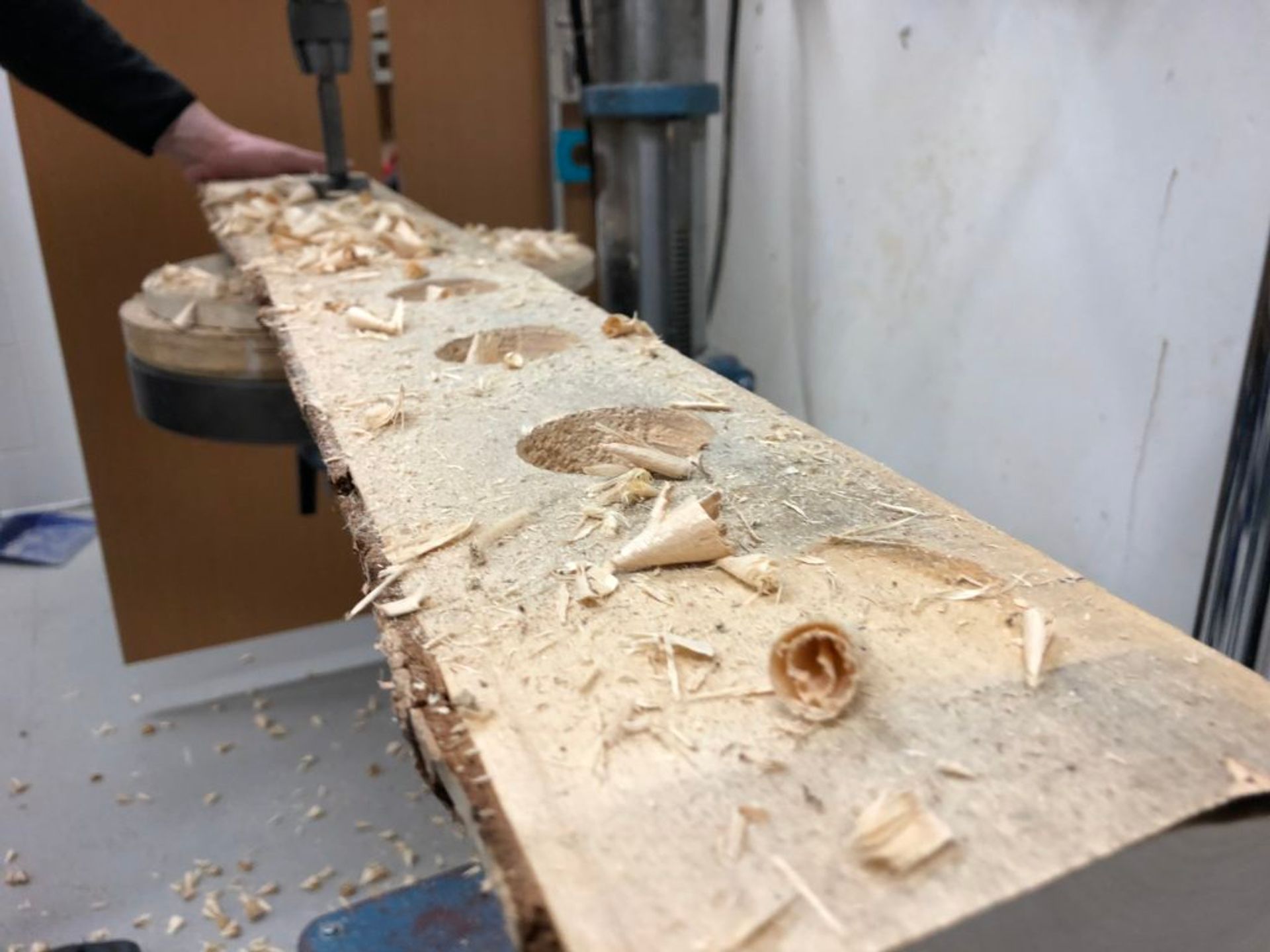
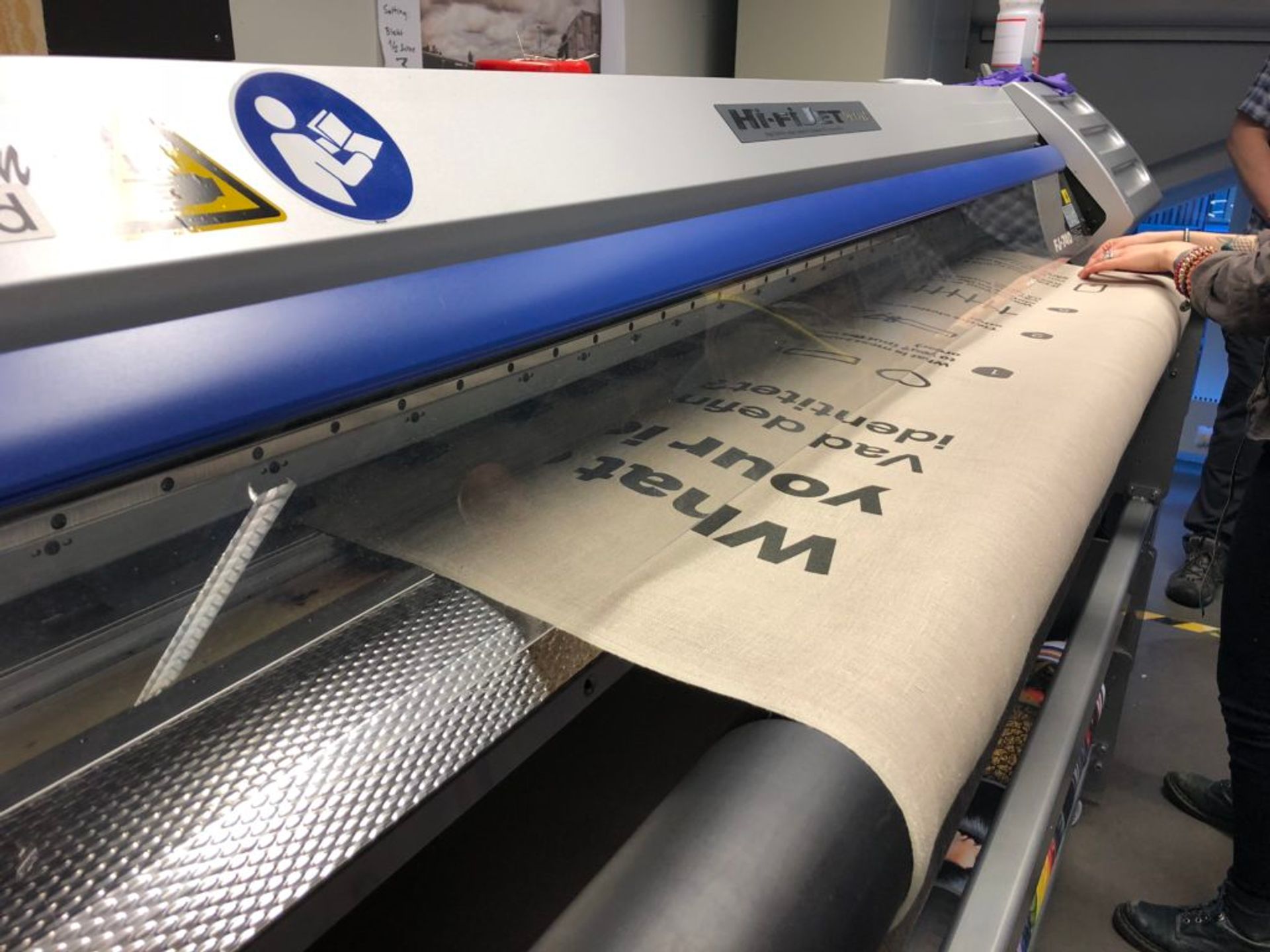
Finally putting our exhibit up in the museum after numerous prototypes, failures, and revisions was a great learning experience! Our class had space for our project in a gallery of the Västerbotten Museum called Priority Minority. This part of the museum is dedicated to minorities in Sweden that are underrepresented. As a note, however, most Sámi do not consider themselves a minority group in Sweden since they are indigenous, inhabiting the land far before Sweden even became a country. To set up, we suspended our giant loom from a wall using a large lift to drill in to the concrete. We threaded the ropes through birch wood we had cut and prepared, and secured it to weights on the floor. Opening day, we watched as the visitors come in and contributed their pieces of identity fabric to the loom. We hope that through this symbolic woven identity, we contributed to our own community here in Umeå and facilitated self-reflection and the questioning of our own world views and values.
